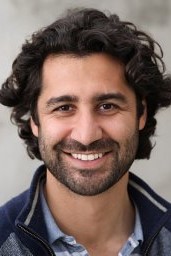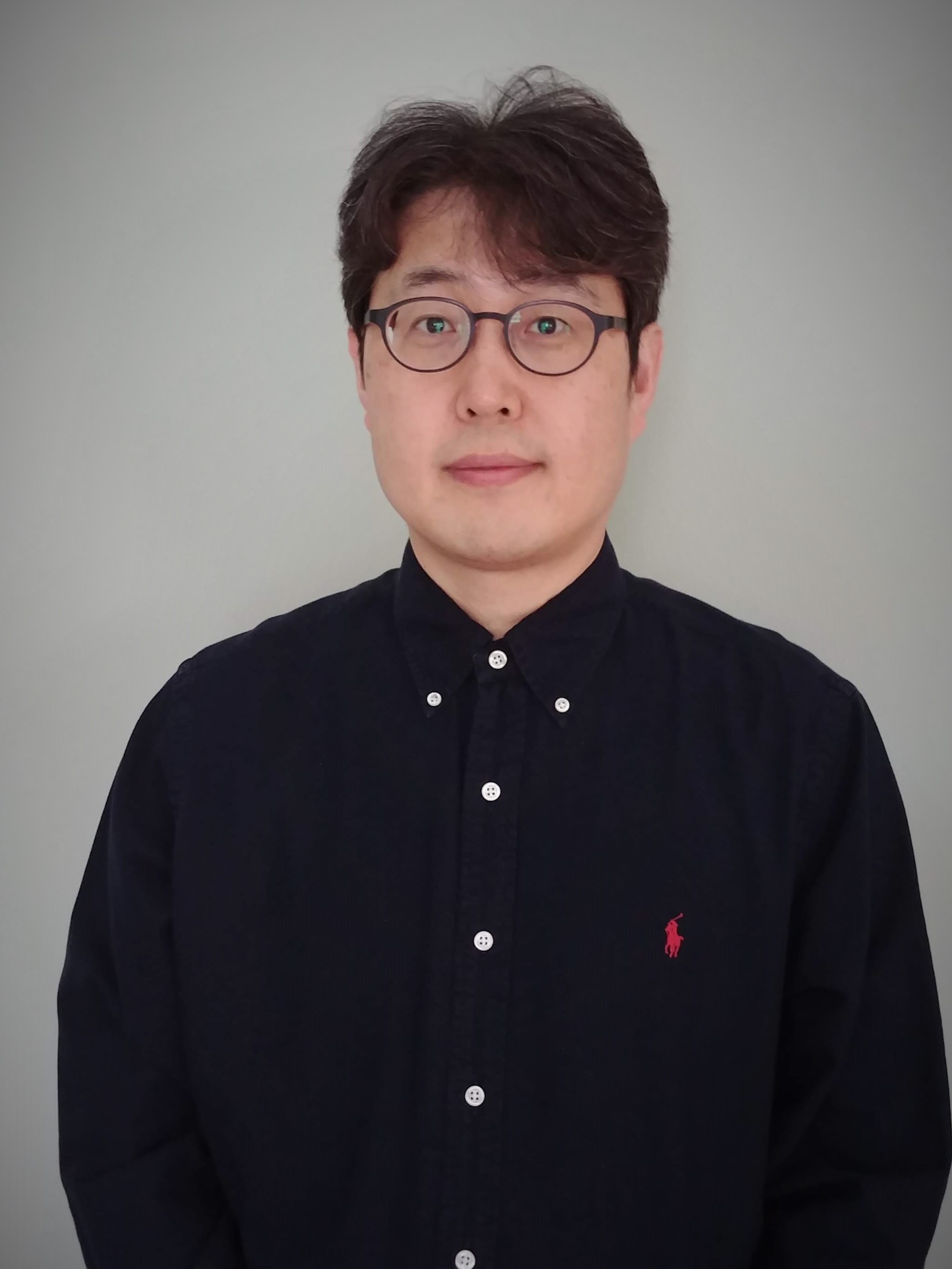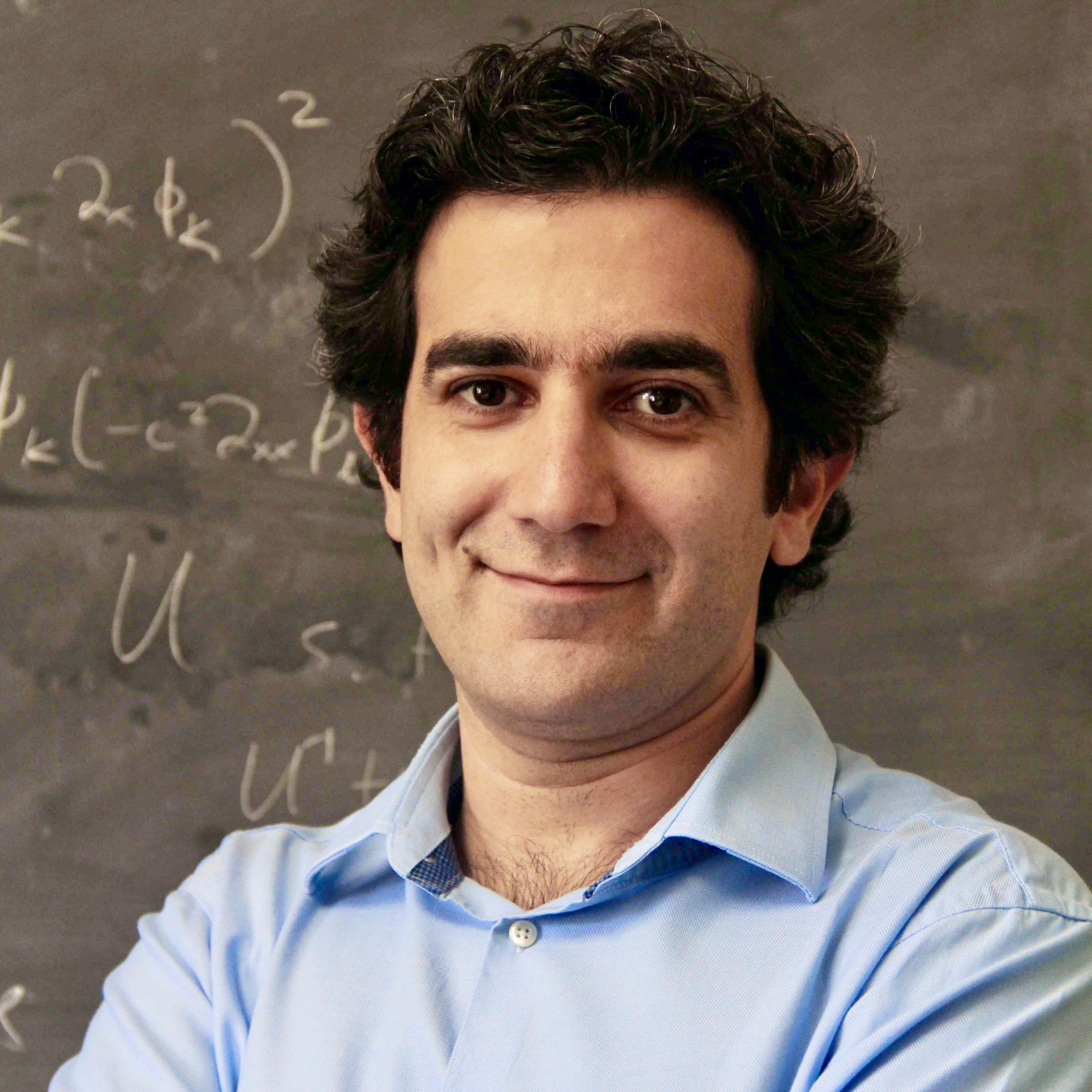Maissam Barkeshli Promoted to Associate Professor
- Details
- Category: Department News
- Published: Tuesday, June 30 2020 15:33
Maissam Barkeshli has been promoted to the rank of Associate Professor, effective July 1, 2020. Maissam Barkeshli Barkeshli received his Ph.D. from the Massachusetts Institute of Technology. Afterward, he was a Simons Postdoctoral Fellow at Stanford University and a postdoctoral researcher at Microsoft's Station Q at the University of California, Santa Barbara. A theoretical condensed matter physicist interested in complex quantum many-body phenomena, Barkeshli explores the many ways that atoms and electrons—prototypical quantum particles—can combine in large numbers to produce a range of novel behaviors.
Maissam Barkeshli Barkeshli received his Ph.D. from the Massachusetts Institute of Technology. Afterward, he was a Simons Postdoctoral Fellow at Stanford University and a postdoctoral researcher at Microsoft's Station Q at the University of California, Santa Barbara. A theoretical condensed matter physicist interested in complex quantum many-body phenomena, Barkeshli explores the many ways that atoms and electrons—prototypical quantum particles—can combine in large numbers to produce a range of novel behaviors.
Barkeshli is a member of the Condensed Matter Theory Center and a fellow of the Joint Quantum Institute. While at UMD, he has won an Alfred P. Sloan Research Fellowship and a CAREER award from the National Science Foundation. He also received the Richard A. Ferrell Distinguished Faculty Fellowship from the UMD Department of Physics.

